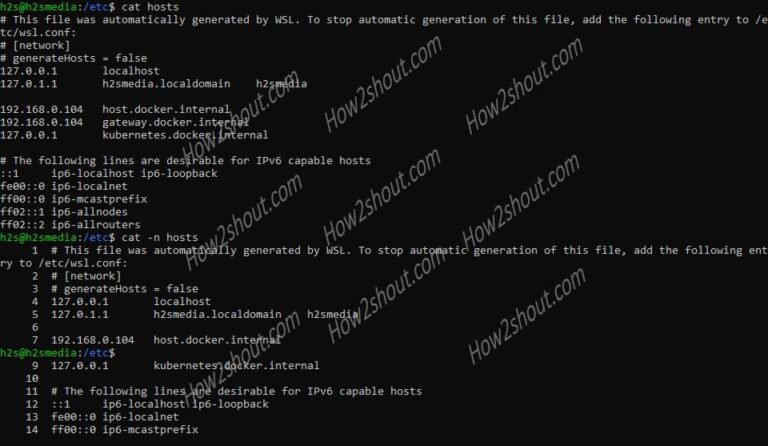

- #CONSOLE COMMAND FIND FILE LINUX HOW TO#
- #CONSOLE COMMAND FIND FILE LINUX PLUS#
- #CONSOLE COMMAND FIND FILE LINUX MAC#
file has a whole raft of stablemates that will help you analyze it. If it’s a binary file, though, you can find out even more about it. For example, you could type "ls Downloads/Examples/Example1/Test" to list the files inside the "Test" folder. The Linux file command will quickly tell you what type of file it is. This is infinitely extensible, meaning that you can dig as deep as you want by utilizing the "/". Looking at the Finder window shows you that they are the same thing. For example "ls Downloads/Examples" will list the contents of the "Examples" folder that is inside the "Downloads folder" I can even dig deeper by using the "/" and typing a folder inside the Downloads directory. Just to continue to help you visualize this, I'll open the Downloads folder in Finder. This time, when I press Enter, we see the contents of the Downloads folder. In this case, the command is "ls Downloads".
#CONSOLE COMMAND FIND FILE LINUX HOW TO#
To do this, we simply type the "ls" command, followed by the directory whose contents we want to list. This procedure shows you how to open the Windows Defender Firewall with Advanced Security console. Let's view the files and folders inside the "Downloads" directory, while staying in our current directory. One will keep us in the current working directory, while the second will actually move us into the other directory before we list the files. Now, let's say we want to see the files and directories inside one of the directories listed here. So, when I type "ls" and press "Enter" we see the same folders that we do in the Finder window. To see them in the terminal, you use the "ls" command, which is used to list files and directories. In the Finder window, we see the contents of the "/Users/ModulesUnraveled" directory. Listing files and folders in the current directory This will make it easier to follow along throughout the series. I'll also split the screen so that the terminal is on the left and the Finder window is on the right. Let's go to this directory in Finder to follow along. If I type it and press Enter, the result is "/Users/ModulesUnraveled".

There may come a time when you don't know which directory you are currenly in. Windows will commonly use ">".) Seeing which directory you're currently in (Some systems use a symbol other than the "$" including "%" or "#". Finally we'll see "ModulesUnraveled" which is my user name, and a "$" which is the prompt that indicates it is ready for me to type my command.

You'll see "Brians-MacBook-Air" which is my computer name, followed by a colon and then a "~" (which indicates the user home directory) and that is the directory I am currently in. Once it's opened you'll see the last login time on the first line, while the second line shows information about my computer, what folder I'm in and who I'm logged in as. The first thing we need to do is open up our terminal. (If you have a file name with spaces, you need to put the name in quotes: "For Example.txt".) If you had a file here named MyFile.In this video we'll use the "pwd" command to see what directory we are in, and the "ls" command to list the files that are in our current directory. To delete a file, type rm filename, replacing filename with the actual name of the file you want to delete. After you launch Terminal (in your /Applications/Utilities folder) type cd ~/Desktop to navigate to the Desktop directory. It’s dangerously easy to delete files with the rm command.
#CONSOLE COMMAND FIND FILE LINUX MAC#
If you’ve lost access to the Finder because your Mac is on the blink, you might be able to use the command line to troubleshoot the problem.These files, which can contain settings for certain apps or parts of macOS, contain a dot (.) before their names and the Finder doesn’t show them. You can delete files that are hidden in the Finder.You can remove files from the Trash when you encounter stubborn errors.You can use wildcards to delete multiple files quickly and efficiently.So why bother using the command line? Here are some reasons:
#CONSOLE COMMAND FIND FILE LINUX PLUS#
Why bother deleting files with the command line?ĭeleting files with the Finder isn’t too difficult, plus you can always fish files out of the Trash if you change your mind.


 0 kommentar(er)
0 kommentar(er)
